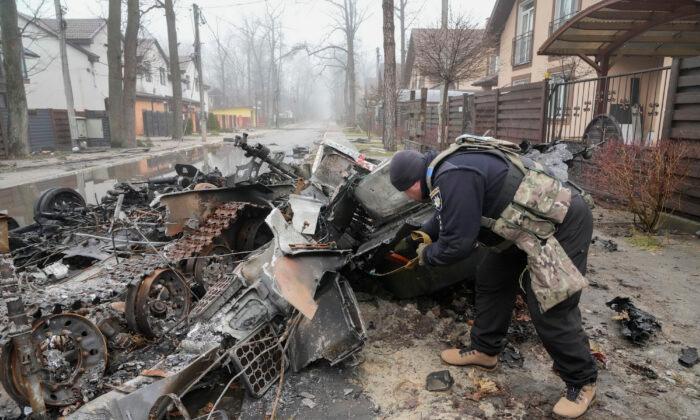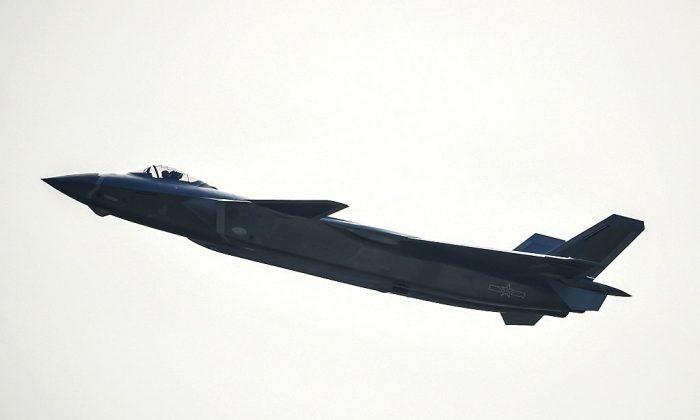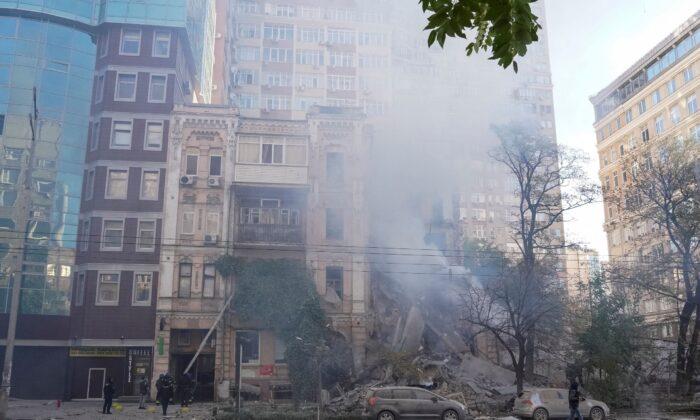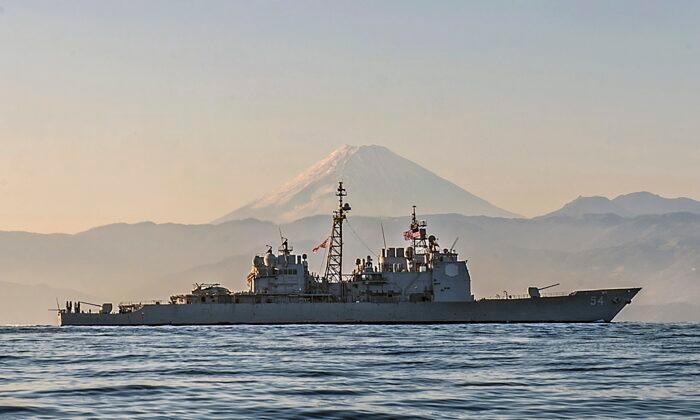In October 1985, Soviet President Mikhail Gorbachev visited France where he met with French President François Mitterrand. In candid conversations, Gorbachev told Mitterrand that the USSR was a Third World country with nuclear weapons, a conclusion that startled Mitterrand and other Western leaders when Gorbachev’s description was privately circulated.
How could it be that the all-powerful USSR saw itself as a Third World country, but a nuclear power?
Around the same time, I was speaking to a Jewish group in Washington. In the 1980s, I was a senior official in the Defense Department responsible for technology security. In my presentation, I showed 35 mm slides depicting the best Soviet weapons, and how many of them were copies of American systems. My message: The USSR was a powerful country investing heavily in weapons.
A lady in the back of the room raised her hand. Recognizing her, she said the following: “My husband and I visited Moscow, Leningrad, and Kiev [then part of the USSR]. We were surprised at how backward the country was, so much so even the elevators in buildings broke down. How could the USSR be such a powerful country if they aren’t able to make a reliable elevator?”
The Soviet Union, and its successor Russia, showed off its modern weapons in various ways, through military shows, exercises, and the famous parades of equipment and soldiers marching across Red Square. Western analysts watch these demonstrations with great interest, and specialists evaluate the level of technology and capability of the systems put on display.
So how is it, echoing the lady in the back of the room, that Russian conscript soldiers are showing up in Ukraine carrying obsolete early 20th century bolt action rifles, without adequate (or any) food and water, and with cursory training at best?
And what has happened to Russian armor and missiles, shot up by raids of heroic Ukrainian fighters, using hit-and-run tactics, avoiding to the degree possible frontal confrontations where Russian mass would overwhelm much smaller and lighter Ukrainian forces?
While war reporting that we receive is considerably one-sided, and losses are often counted multiple times, inflating the numbers of equipment destroyed, there’s no denying that the Russians have lost a staggering amount of equipment, mostly to Ukrainian ambushes.
It’s quite true that the United States, UK, Turkey, Poland, Germany, and others have supplied armed drones, anti-tank, and anti-aircraft systems to Ukraine’s army. But none of what has been supplied is especially new. One would have expected Russia would have developed countermeasures and tactics to offset such threats.
Consider drones. The Ukrainians have got shipments of Bayraktar drones from Turkey and have used them effectively. While a number have been shot down, the Turks have replenished the Ukrainian supplies, and the Russians have taken significant losses from drone strikes. The impact of drones was known to the Russians from their experience in Syria and Libya, where low-performing cheap drones proved costly. Russia lost a number of Pantsir air defense systems in Libya to Bayraktars, and in Syria its huge air base, Khmeimim, was attacked successfully more than once. Even more compelling is what happened in Nagorno-Karabakh in 2020, where both Bayraktar drones, that fire missiles, and Israeli Harop suicide anti-radiation drones, helped to decapitate Armenian-backed forces. Russia had two years or more to prepare against these threats. But there’s little evidence that has happened.
The case of the Stinger is even more profound, because Russia had 36 years to figure out countermeasures to a system which, in the hands of the Mujahideen in Afghanistan, brought down Russian helicopter gunships, ground support jet fighters, and troop transports.
The Stinger is a system that resists countermeasures, as the Russians know quite well. It’s one of a small handful of man-portable air defense systems (MANPADS) used by Ukraine. But Russian aircraft and helicopters mainly are equipped with flares to try to confuse the MANPADS, most of which track their targets looking for infrared hotspots (usually the tailpipe of jet engines). In Ukraine, sometimes it has taken two or more MANPADS shots to bring down a Russian helicopter or jet, but many have been shot down this way. Russia, it seems, relied mostly on dated countermeasures and bad operating tactics. They have paid a high price.
It’s even more the case when it comes to armor. The United States has supplied the Javelin, the UK the NLAW, and both these anti-tank guided missile (ATGM) systems and others have knocked out Russian armor and other equipment. These are short-range systems, and it takes some courage to creep up on a target and shoot at it, which is precisely what Ukrainian special forces have done. Russia sent in updated and modern tanks, but they left them exposed on their flanks (bad tactics, made worse because the tanks move without infantry support). Many of the Russian tanks were equipped with reactive armor, which is designed to break the penetrating capability of an incoming shell. But the Javelin, for example, has a tandem-charge warhead designed to defeat reactive armor, and it can also dive on its target at the last moment, taking out the tank’s topside and turret where armor is thinner than frontal sloped armor.
Part of the answer to threats posed by ATGMs and multiple other threats (mortars, rocket-propelled grenades, artillery) are active protection systems (APS). An APS, such as Israel’s successful Trophy APS, carries out three tasks: it can detect an incoming threat, it activates a countermeasure (in Trophy this is an explosively formed projectile) that intercepts the incoming threat, and it aims the tank’s weapons at the shooter. Even if the shooter is running away, the shooter probably won’t survive.
Russia has developed its own APS, called Arena-M. Among the tank carcasses littering Ukraine’s cities, roadways, and fields, Arena-M isn’t found. This suggests that Russia’s Arena-M may be more advertising than reality, or alternatively that there aren’t enough Arena-Ms to go around, perhaps why they haven’t appeared in the Ukraine war.
One wonders what Russian President Vladimir Putin knows about Russia’s losses in the Ukraine war. All he would need to do, to find out, is connect to YouTube or to any of the Western media. He doesn’t need to read a lot, just look at the pictures.
Would Putin conclude that Russia is a Third World country with nuclear weapons? He could phone Gorbachev and ask him. He won’t like the answer.





